This could be a good point to start. If you want to compare both types you should analyze how speed evolves across all subjects and then make a decision. You data is in wide format so in order to use ggplot2 functions you first have to format to longer using pivot_longer() from tidyr in tidyverse. After that, it will be possible to design the plot. Here a code to produce a plot which is splitted by Type and using color lines by speed. The included plot has ribbons but in order to add them to the plot is necessary to have limits variables defined in your dataset. Next the solution:
library(tidyverse)
#Code
df %>% pivot_longer(cols = -c(Subject_ID,Type)) %>%
rename(Speed=name) %>%
mutate(Speed=factor(Speed,levels = unique(Speed))) %>%
ggplot(aes(x=factor(Subject_ID),y=value,color=Speed,group=Speed))+
geom_point()+
geom_line(size=1)+
theme_bw()+
facet_wrap(.~Type,scales='free')+
xlab('Subject')
Output:

Some data used:
#Data
df <- structure(list(Subject_ID = 1:6, Type = c("A", "B", "B", "A",
"A", "B"), Speed1 = c(25L, 32L, 21L, 31L, 30L, 27L), Speed2 = c(27L,
21L, 25L, 28L, 22L, 33L), Speed3 = c(24L, 35L, 27L, 38L, 21L,
31L), Speed20 = c(31L, 33L, 29L, 20L, 28L, 24L)), class = "data.frame", row.names = c(NA,
-6L))
If you do not want the plot splitted by Type you can avoid that code line for facets an obtain this:
#Code 2
df %>% pivot_longer(cols = -c(Subject_ID,Type)) %>%
rename(Speed=name) %>%
mutate(Speed=factor(Speed,levels = unique(Speed))) %>%
ggplot(aes(x=factor(Subject_ID),y=value,color=Speed,group=Speed))+
geom_point()+
geom_line(size=1)+
theme_bw()+
xlab('Subject')
Output:

Update: You can use group_by() and summarise() with sum() in order to aggregate all values by type with next code:
#Code 3
df %>% pivot_longer(cols = -c(Subject_ID,Type)) %>%
rename(Speed=name) %>%
group_by(Subject_ID,Type) %>%
summarise(value=sum(value)) %>%
ggplot(aes(x=factor(Subject_ID),y=value,color=Type,group=Type))+
geom_point()+
geom_line(size=1)+
theme_bw()+
xlab('Subject')
Output:

Computing mean and SD by group and re arranging the plot scheme will produce this:
#Code 4
df %>% pivot_longer(cols = -c(Subject_ID,Type)) %>%
rename(Speed=name) %>%
group_by(Subject_ID,Type) %>%
summarise(Value=sum(value),Mean=mean(value),SD=sd(value),
Low=Value-Mean*SD,Up=Value+Mean*SD) %>%
ggplot(aes(x=factor(Subject_ID),y=Value,color=Type,group=Type))+
geom_line(size=1)+
geom_point()+
geom_ribbon(
aes(ymin = Low, ymax = Up,fill=Type),
alpha = 0.2
)+
theme_bw()+
xlab('Subject')
Output:





